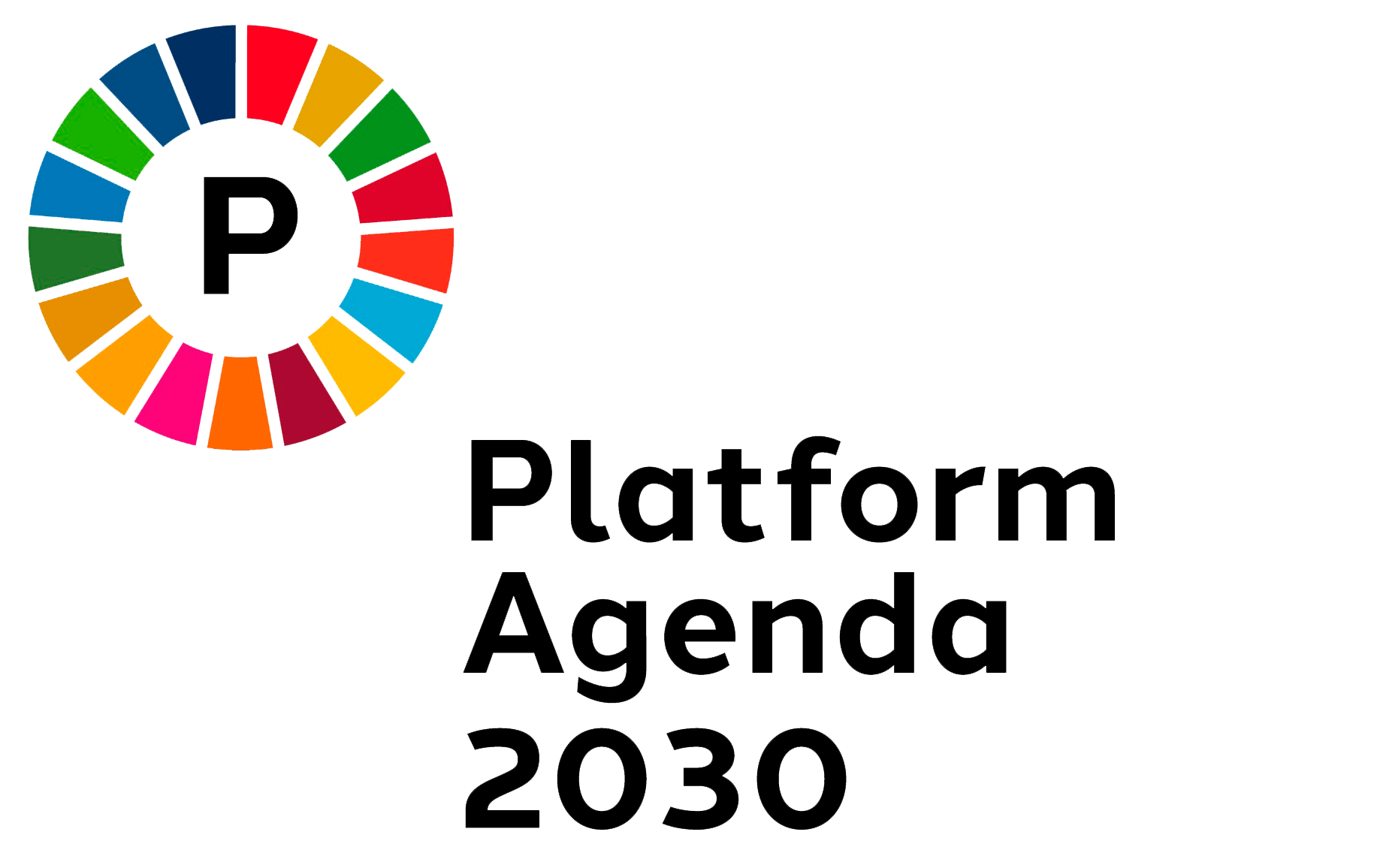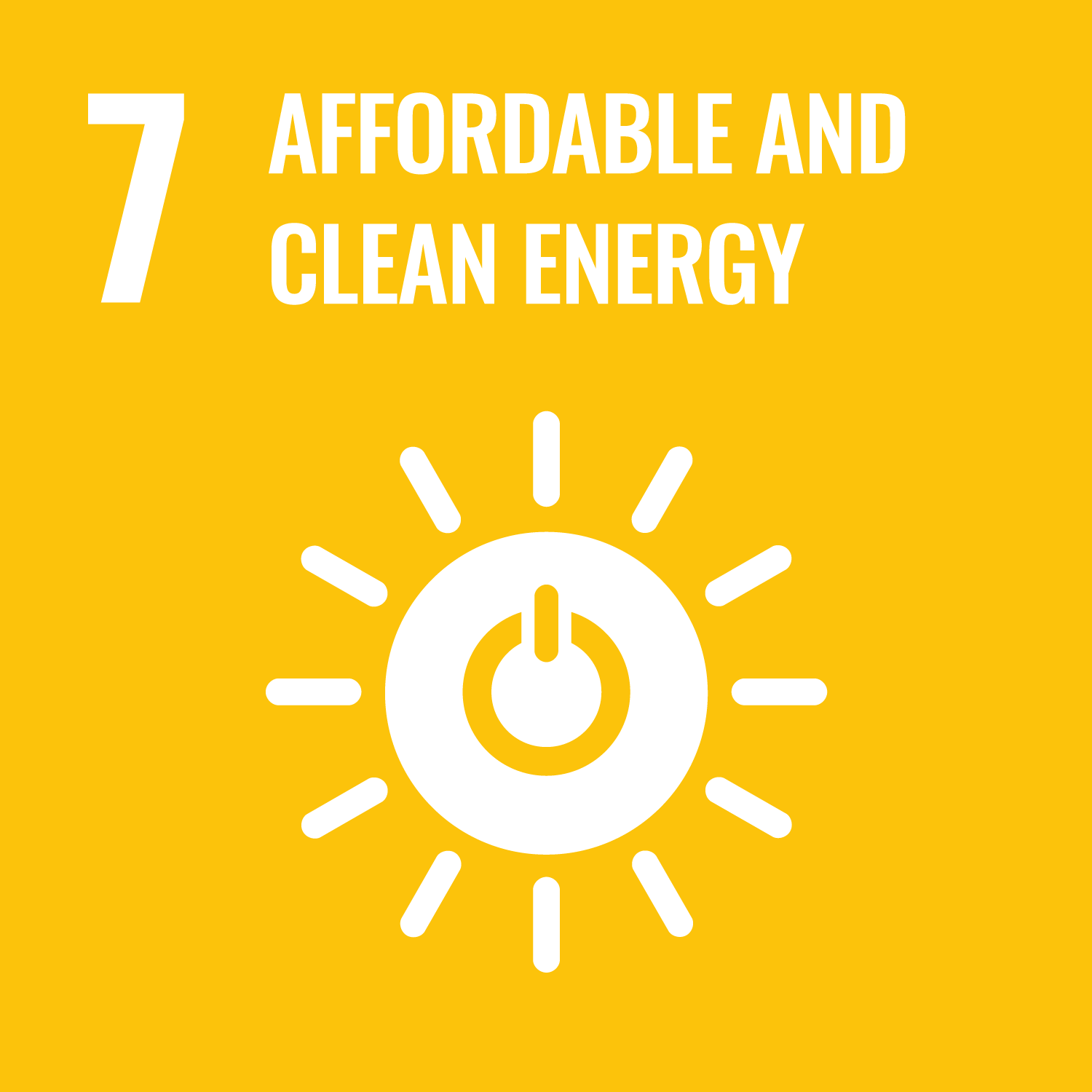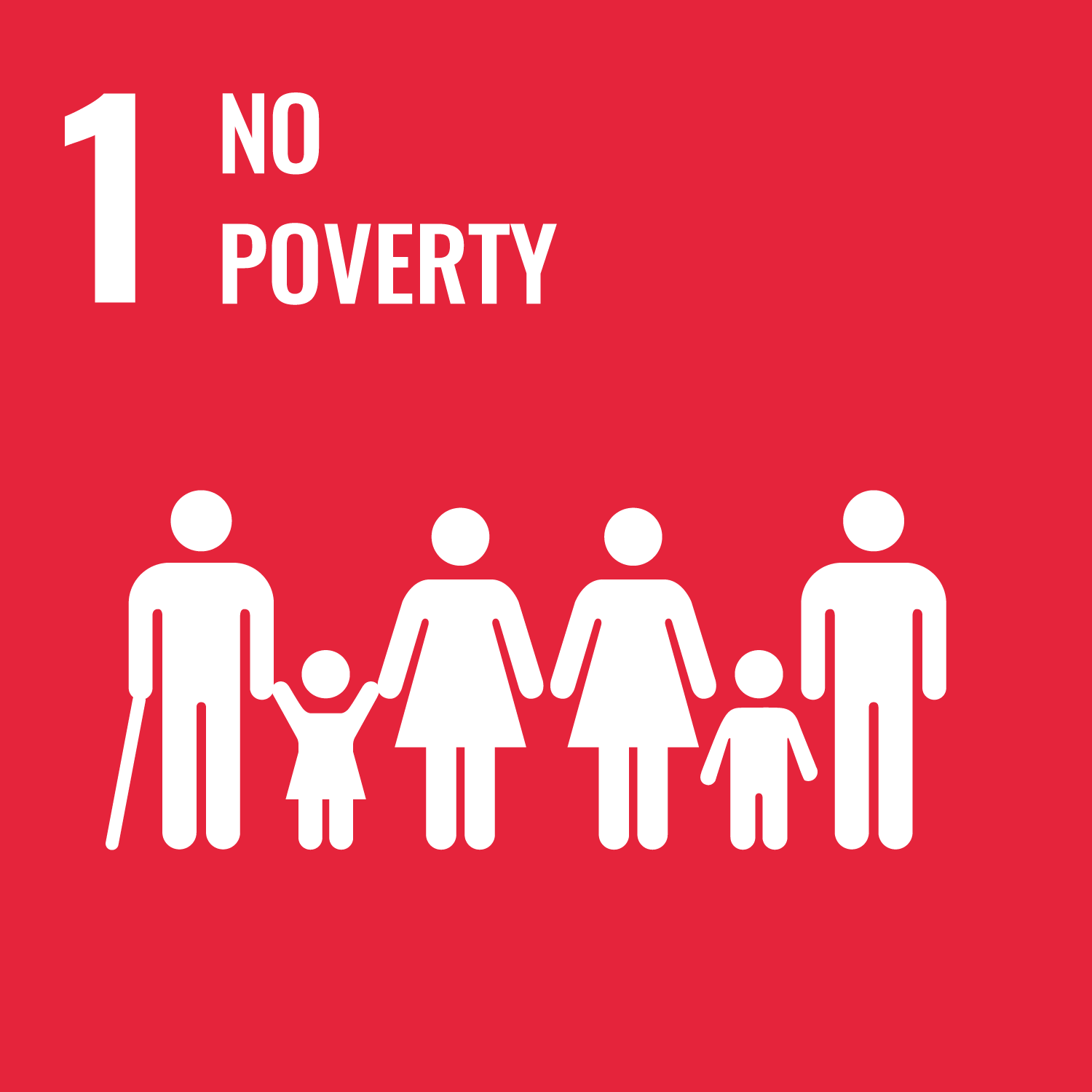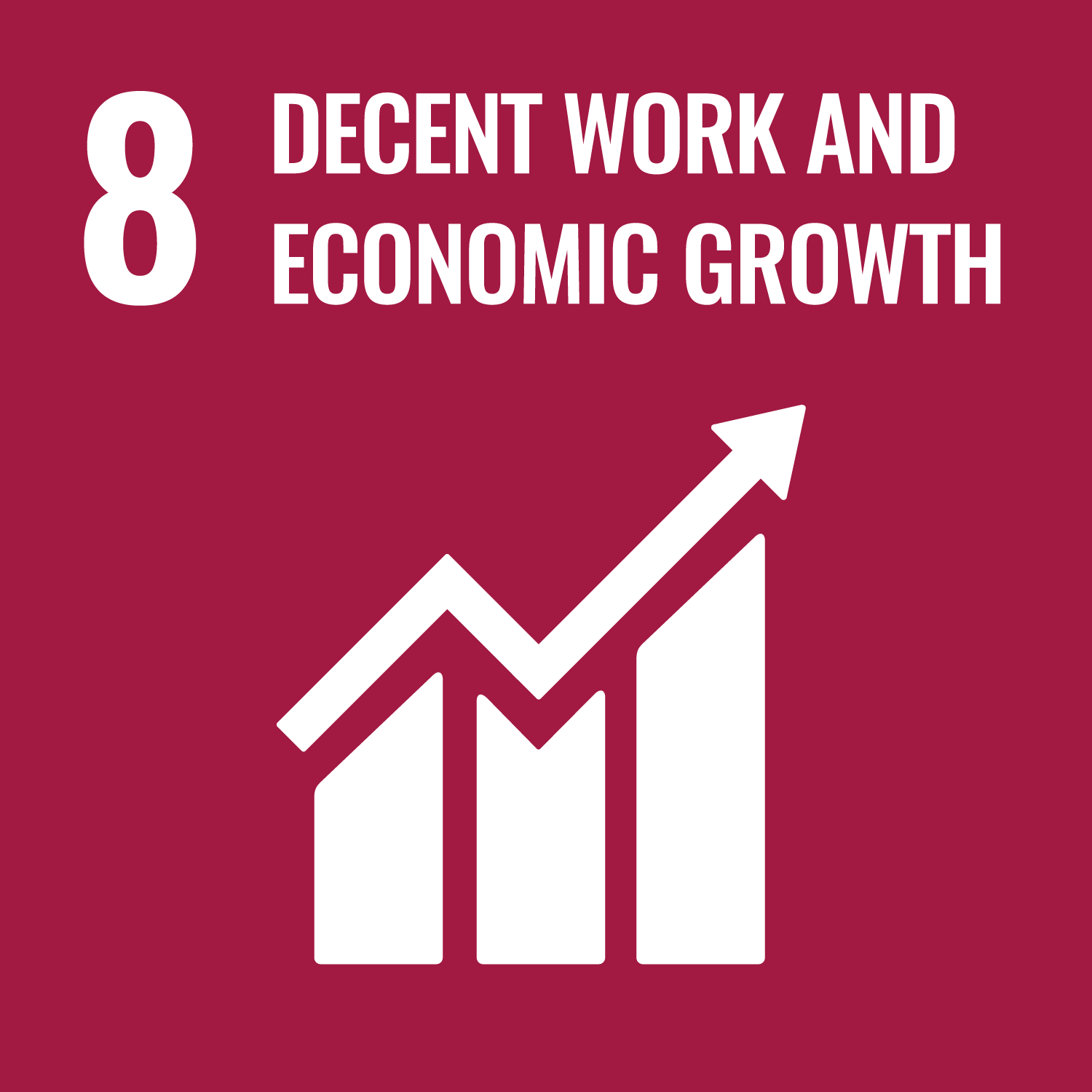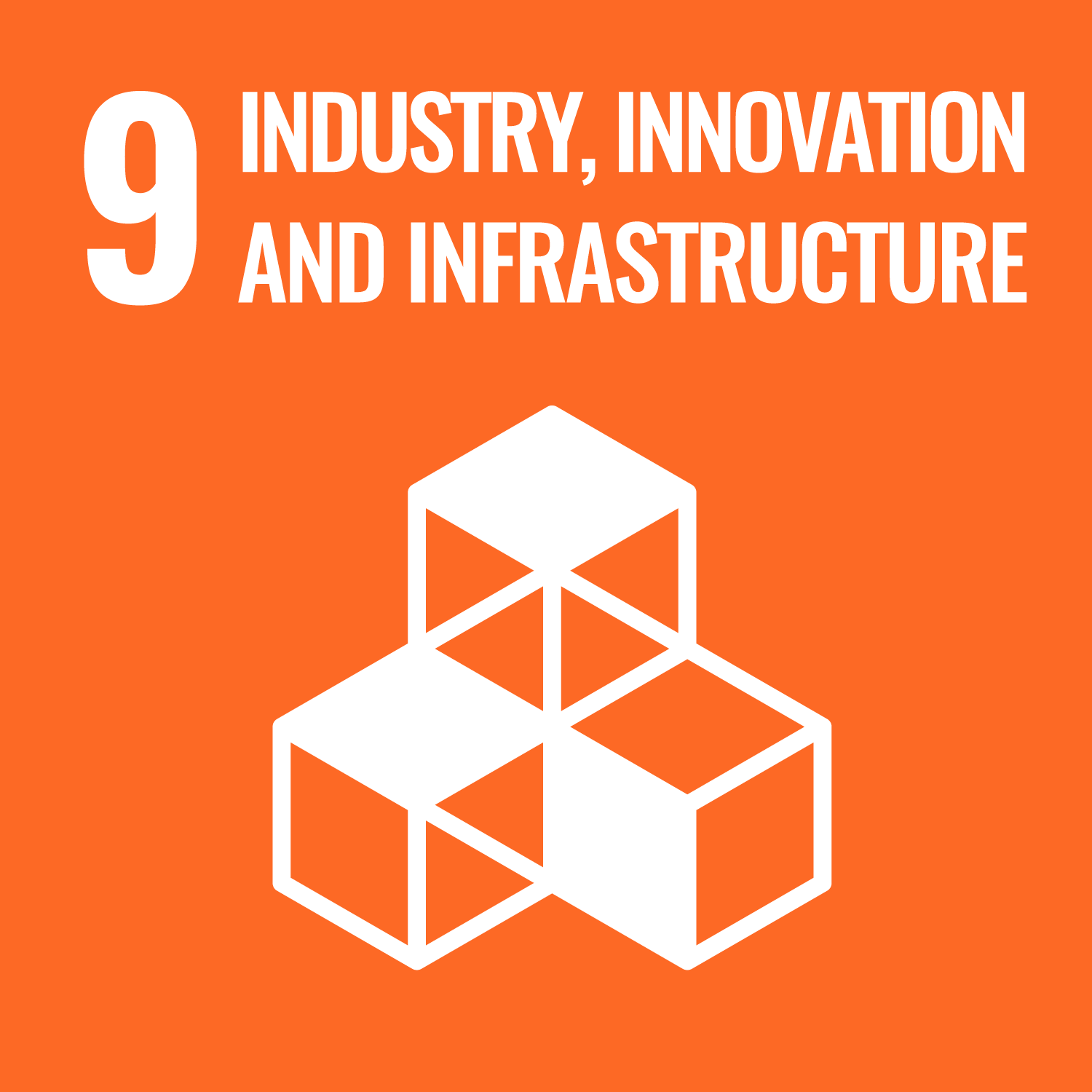How much energy is sustainable?
The effects of the war in Ukraine have also increased heating and ancillary costs in Switzerland, which hits those on low and very low incomes disproportionately hard. Alleviating their situation is a task for social rather than energy policy, however. Blanket state subsidies for fossil fuels miss the opportunity to accelerate the transformation to sustainable energy supplies.
Switzerland is making progress with expanding renewables, and has met its energy policy targets to date. That said, these targets are not sufficiently ambitious, and the take-up rate for renewable energies is nowhere near fast enough to achieve the 1.5°C goal. To meet the additional demand for power as a result of electrification, and to offset the shutdown of nuclear power plants, solar power in particular must be expanded four times as fast as is currently the case. Since solar panels can be fitted to buildings and other structures, this can often be done without interfering additionally with the natural environment. It therefore sits better than hydropower with the conservation ethos. In any case, Switzerland has virtually exhausted its potential for hydroelectric power generation.
Solar energy also has its advantages in the Global South. Facilities can be set up locally and do not require any existing grid infrastructure. They can be scaled as required, generating energy for a single household or an entire business location, and providing local value creation and jobs.
By agreeing targets with industry and business, Switzerland has succeeded in improving its energy efficiency. However, it is not clear what additional action should be taken to achieve the ambitious efficiency gains targets that are set out in the Energy Perspectives 2050+ report.
More and more people are adopting the philosophy of energy sufficiency as an important part of their outlook on life. Both locally and at city level, 2,000-watt societies have been experimenting with low-energy forms of housing and living. They demonstrate that home comforts do not mean consuming power.
The war in Ukraine is an uncomfortable reminder of just how much we depend on other countries for our energy supplies. Three quarters of our energy is imported over long distances. This includes all oil-based products, gas and nuclear fuels.
- Switzerland accelerates the expansion of renewable energies. Energy supplies must be decarbonised before 2040 to achieve the Paris climate targets.
- Switzerland invests primarily in solar power, fitting panels to existing buildings and other structures. It creates a framework that supports local energy communities.
- To achieve its efficiency targets, the federal government applies regulations and bans in addition to voluntary measures. It ensures that targets are implemented in a socially acceptable way, and takes action on the social policy front to alleviate energy poverty.
- The Federal Council actively incorporates and addresses the issue of energy sufficiency in its strategies and action plans.
- Internationally, Switzerland steps up its advocacy of renewable energies around the world. It consistently taps into the potential of solar energy in its development cooperation work.
- In its multilateral development cooperation efforts, Switzerland insists that the environmental and social dimensions of major infrastructure projects such as dams and hydroelectric power plants are also considered, and that human rights and the rights of indigenous communities are safeguarded.
In collaboration with Nils Epprecht, Swiss Energy Foundation (SES) and Elias Kost, Solafrica
Report as PDF
- IEA, IRENA, UNSD, World Bank, WHO: Tracking SDG 7: The Energy Progress Report. World Bank, Washington DC. 2021.
